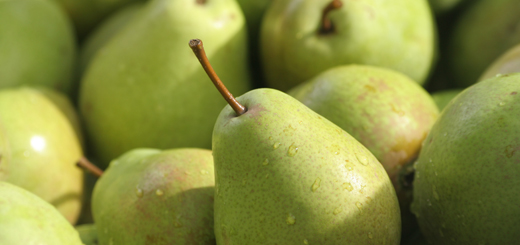In the store with Sigona’s featuring: Swiss Chard
Green of the Week: Swiss Chard
Diane Rezendes, food writer
We’ve got one of our favorite greens in abundance right now, and want to tell you all about it: Swiss chard.
Swiss chard doesn’t come from Switzerland. In fact, looking for the definitive origin of its name yields anything but a clear answer: the interwebs certainly offer multiple pronouncements, offered as if from on high (among them: it’s named for the Swiss botanist who identified it; it’s because it’s widely grown in Switzerland; the French named it that to distinguish its seeds from those of artichokes – and so on).
You might as well choose the legend you like – or just make up your own origin story.
What the interwebs do agree on – is that the roots (sorry!) of Swiss chard aren’t Swiss at all, but are actually Mediterranean, likely Sicilian. Ancient Romans used the plant widely, though primarily for medicinal purposes; several centuries earlier, the Greek philosopher and scientist Aristotle wrote about it. 1830 marked its first documented appearance in the US, but it didn’t become popular until after the Civil War.
Good greens
Like all greens, Swiss chard is a nutritional workhorse: just one half cup cooked chard delivers six times your RDA of vitamin K, more than half your vitamin A, and nearly 40% of the magnesium you need. And it has 120 grams of calcium – good news for people who can’t digest dairy.
Most people would describe the taste of Swiss chard as relatively mild, with just a hint of salt. It’s more tender (and therefore quicker-cooking) than kale or collard greens, but not quite as much as its cousin, spinach.
Chard is fairly tall, with leaves growing up to two feet high. A type of beet (and related to spinach), it’s known by a host of other names. The most common is leaf beet because unlike most beets, it forms no fleshy, bulbous root.
Choosing and Using
Look for bright-colored stems in pink, golden yellow, orange, or creamy white. The leaves should be a vibrant green with no signs of wilting or discoloration.
Ideas for Ways to Use Chard
Split a leaf in half lengthwise (save the spine for soup, to be juiced in your green drink, or for a nice sauté with other savory vegetables: its texture and salty taste would make a pleasing option when you don’t have celery on hand). Use the leaf as a rollup where you might otherwise use lettuce: it’s especially nice with Mediterranean or Asian flavor profiles. Fill a just-cut leaf with rice and herbs for an uncommon take on stuffed grape leaves. Or stir-fry minced chicken with garlic and ginger for an Asian-inspired flavor profile.
When you sauté chard, be aware that the spine takes longer to cook than the tender leaves. So when you chop the leaves, it’s good practice to separate the stem and leaves. Start cooking the stem first and add the leaves later.
For more ideas, check out In the Kitchen with Sigona’s, and don’t miss our coupon for free organic chard.











